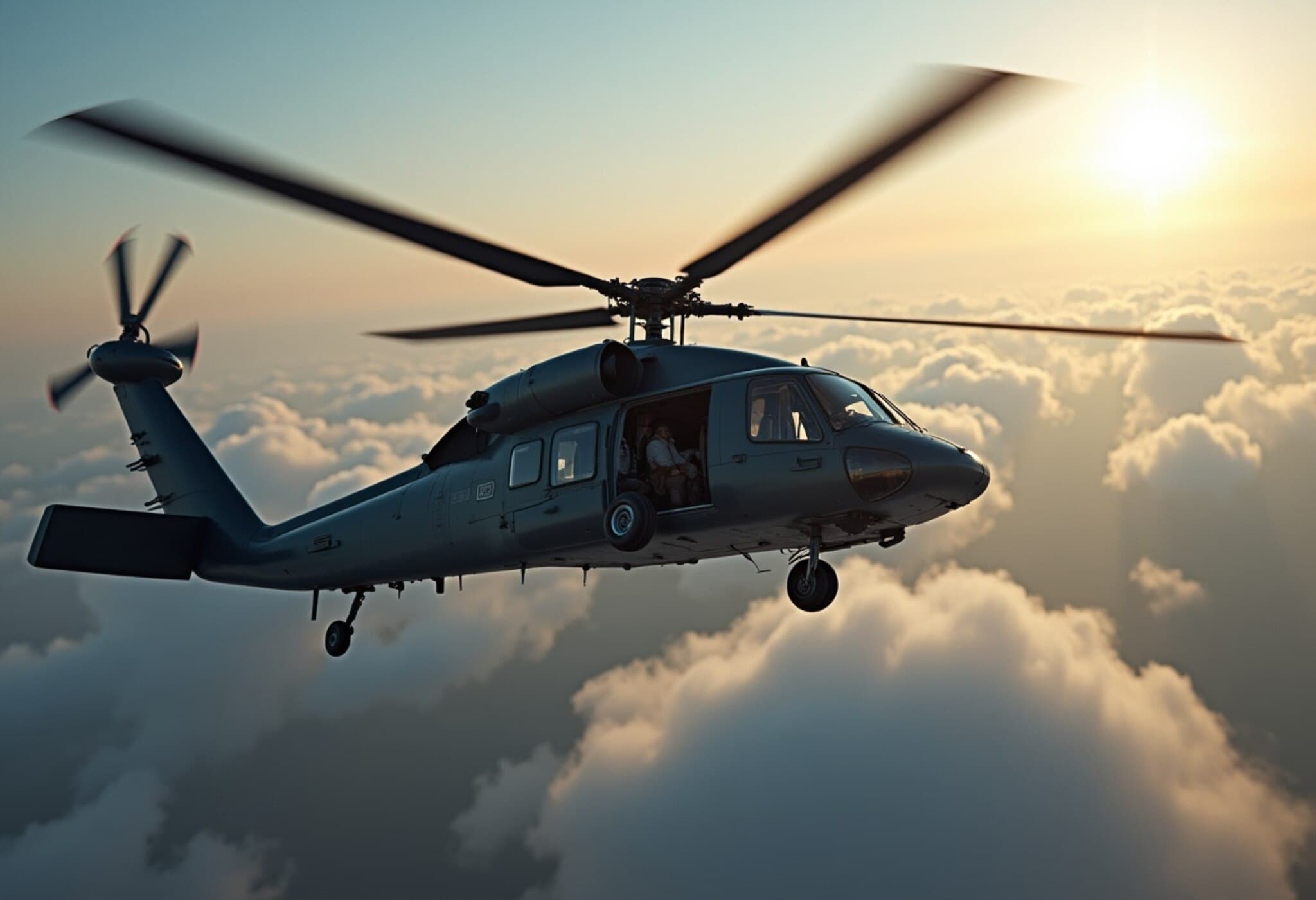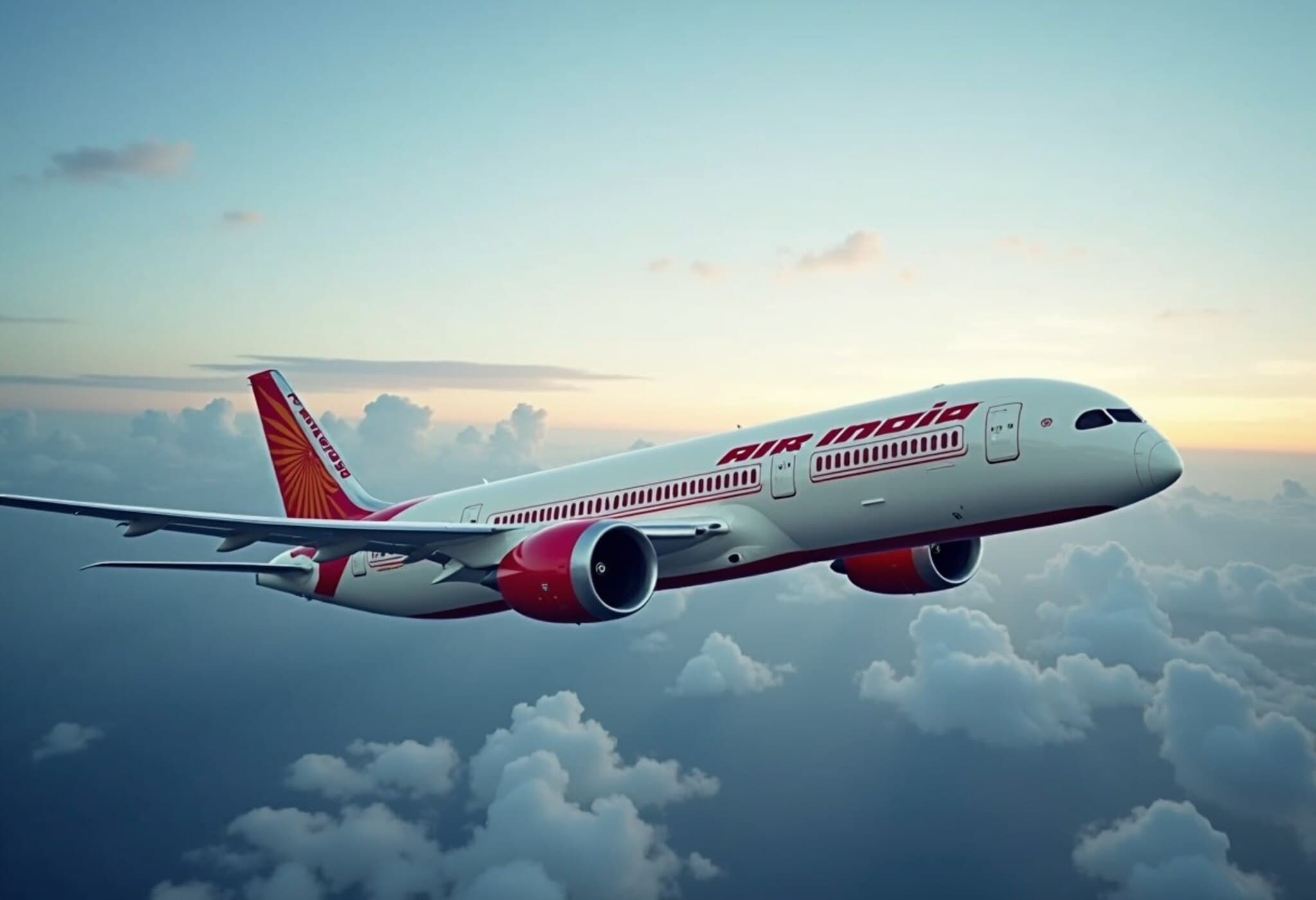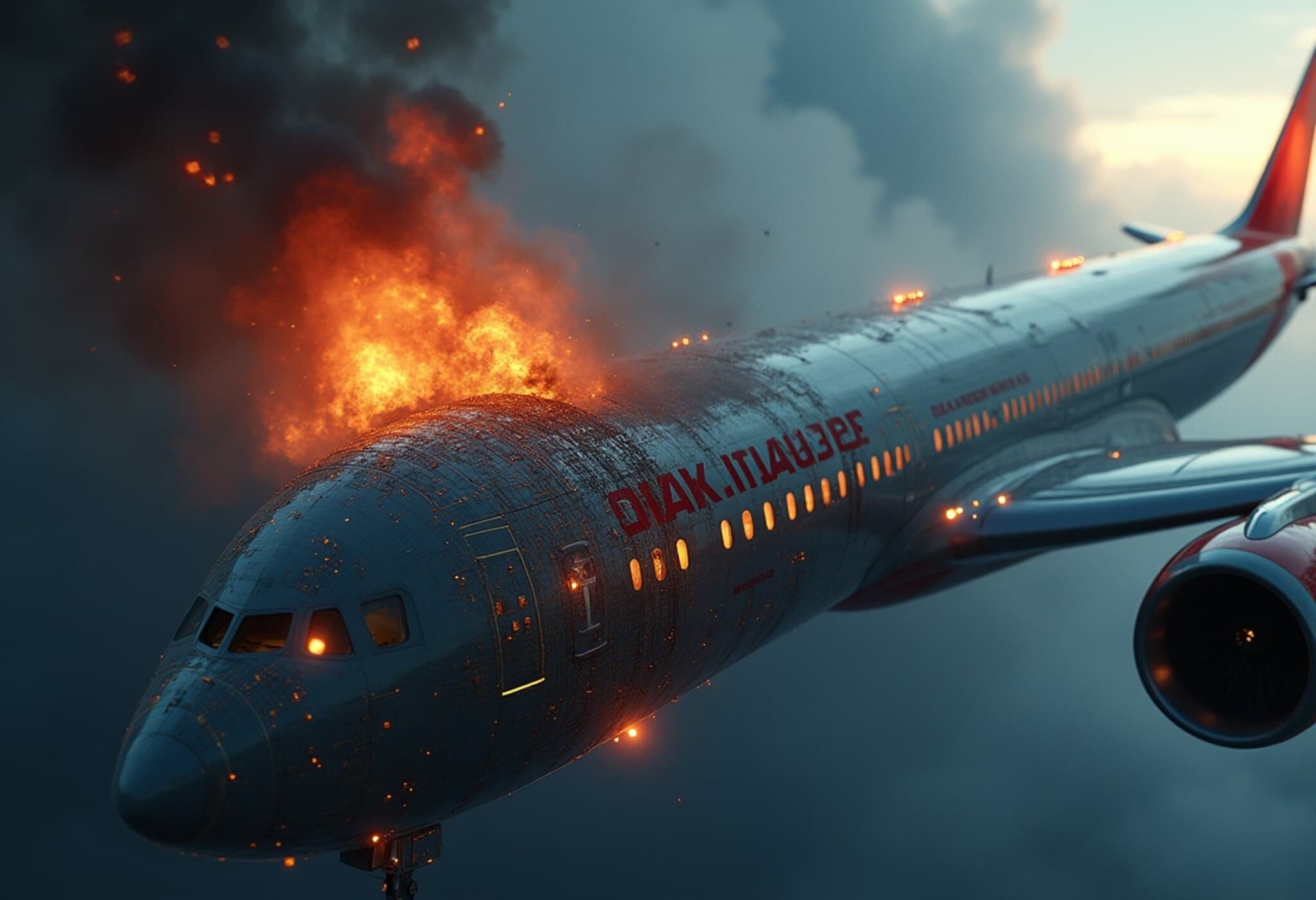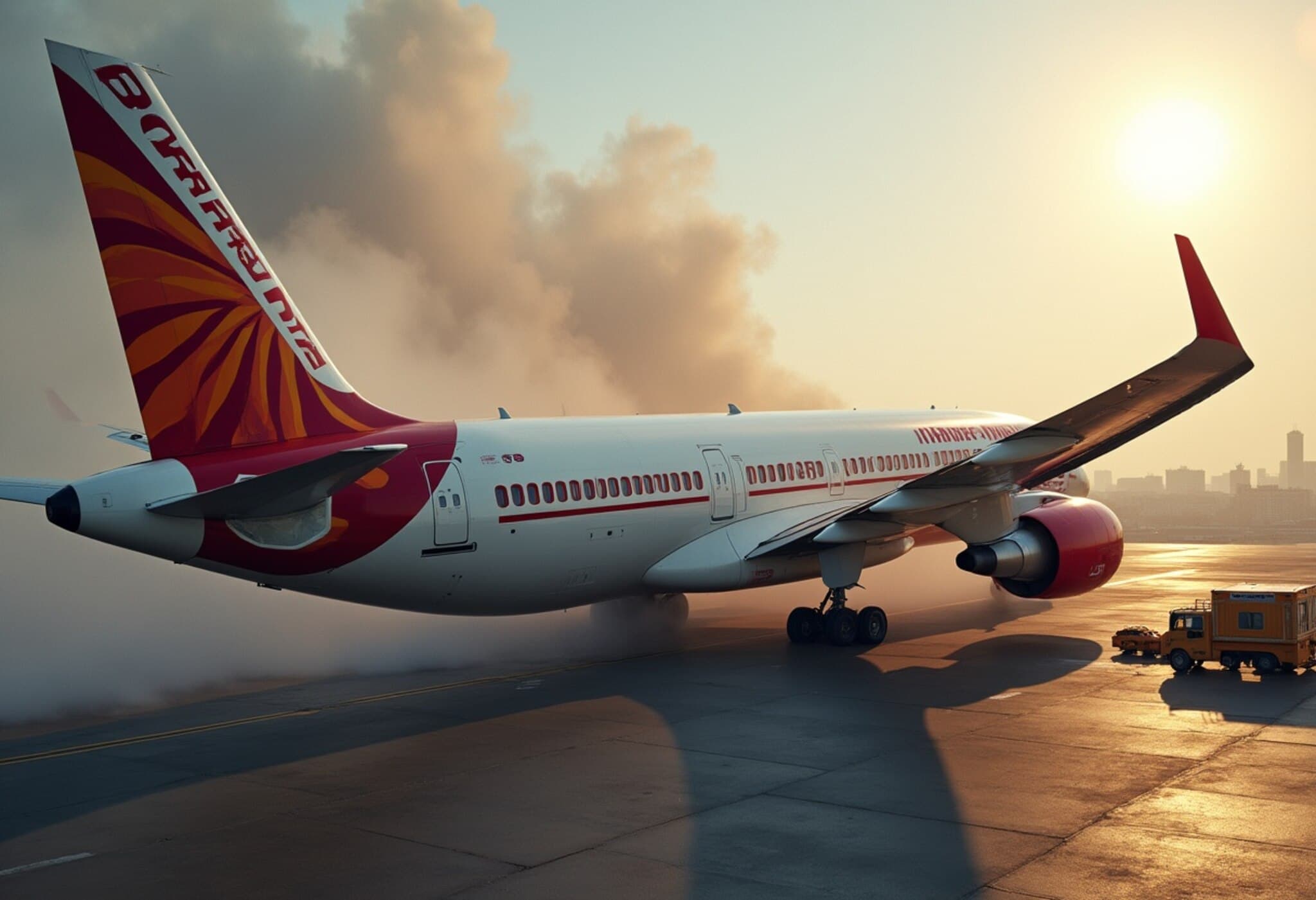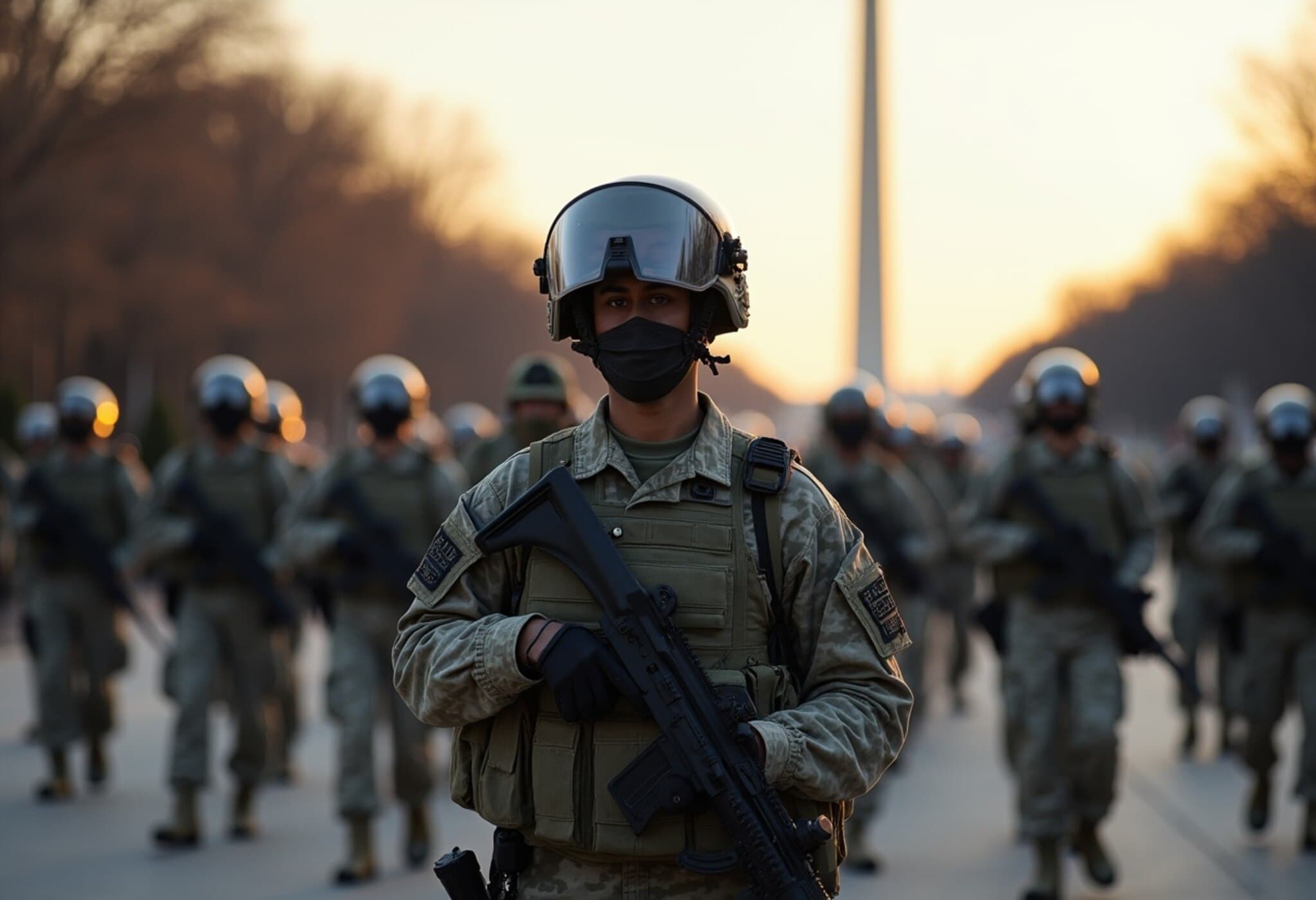Investigation Reveals Army Helicopter’s Altitude as Key Factor in Deadly Collision
In a tragic accident that shocked aviation and military communities alike, investigators have determined that a US Army helicopter involved in the recent fatal midair collision over Washington was flying at an altitude higher than what protocols recommend. This critical detail sheds new light on the circumstances that led to the deadly encounter between the military chopper and a civilian plane.
Details of the Incident
The collision occurred on July 31, 2025, near the nation's capital, involving a US Army helicopter and a civilian aircraft. While midair collisions are rare given the stringent regulations governing flight paths, this incident underscores potential gaps in operational safety procedures.
Altitude Deviations and Aviation Safety Standards
According to official statements from the investigation team, the Army helicopter was operating above its designated flight altitude, which may have compromised the safety buffer intended to prevent such collisions. Typically, military helicopters follow strict altitude regulations, especially in congested airspace like that around Washington, D.C., where civilian and military flights often coexist.
Experts note that deviations, even minor, can dramatically increase collision risks due to overlapping flight corridors. The elevated altitude may have placed the helicopter in the same airspace tier as the civilian plane, leading to this tragic overlap.
Broader Implications for Military and Civil Aviation Cooperation
This incident raises urgent questions about the coordination mechanisms between military and civilian aviation authorities. Air traffic control systems must maintain seamless communication and situational awareness to mitigate risks, especially in high-traffic zones.
Experts warn that systemic reviews are necessary to reassess how altitude assignments and monitoring are conducted for military flights in shared airspace. The event also highlights the importance of considering technological upgrades, such as improved collision avoidance systems and enhanced pilot training for navigating congested air corridors.
Voices from the Community
Families affected by the collision express deep grief and urge transparency as investigations continue. Aviation safety advocates call for accelerated reforms to strengthen airspace safety standards, ensuring such devastating incidents do not recur.
What’s Next?
- The National Transportation Safety Board (NTSB) and military investigators continue to analyze flight data and cockpit communications to uncover the precise chain of events.
- Authorities plan to review and potentially revise flight altitude policies and coordination protocols.
- Discussions are underway to enhance real-time monitoring technologies for military aircraft operating near civilian traffic.
Expert Insight: Why Altitude Matters
Altitude isn’t merely a number—it’s a carefully calculated parameter designed to ensure safe separation between aircraft. According to aviation safety analyst Dr. Maria Thompson, "Maintaining designated altitudes is fundamental to air traffic management. When aircraft deviate, even slightly, the margin for error vanishes. This incident is a stark reminder for all stakeholders to reinforce discipline and communication in managing airspace, especially in sensitive regions like Washington, D.C."
Editor’s Note
This tragic collision emphasizes the delicate balancing act of managing shared airspace between military and civilian flights. As the investigation unfolds, stakeholders must reflect not only on procedural compliance but also on the evolving technological and strategic frameworks necessary to safeguard every flight path. How will the military adapt its protocols amidst increasing civilian air traffic? What investments will ensure the skies remain safe for all users? These questions underscore the complex challenges of modern aviation safety.

